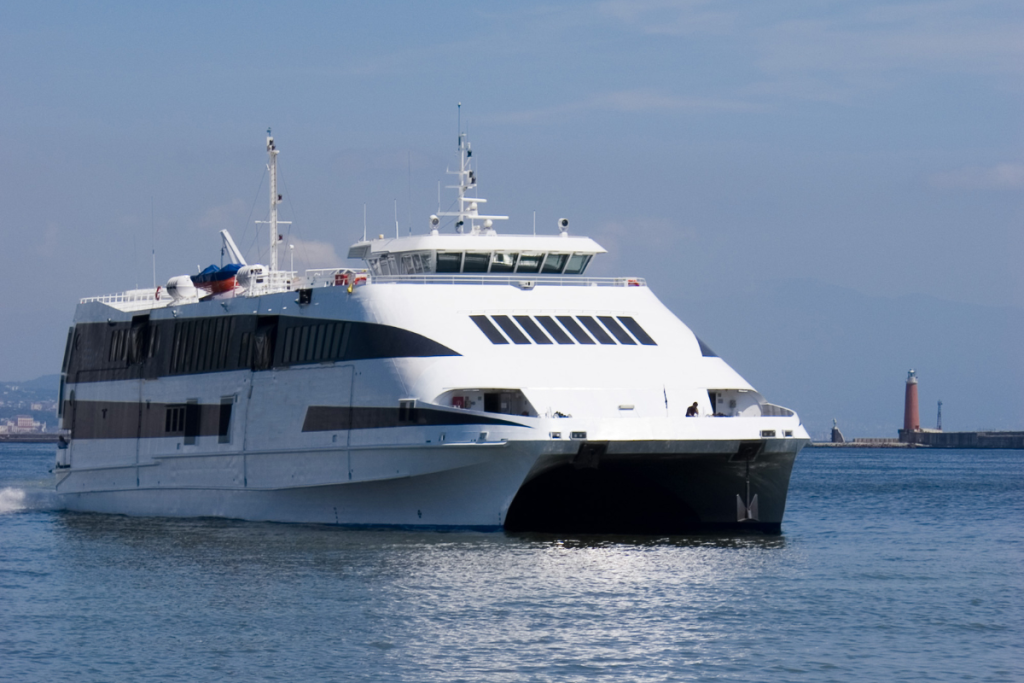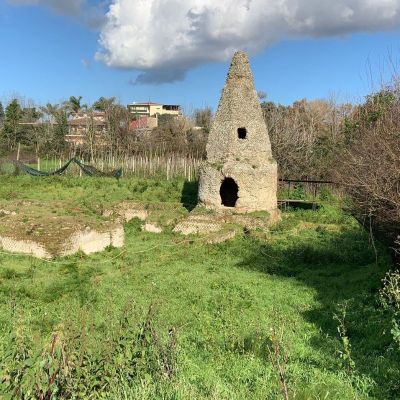Embarking on a journey from Naples to Sorrento by sea, whether by hydrofoil (aliscafo) or ferry, is not just a means of transport but an experience in itself. This option not only connects you to one of Italy’s most picturesque coastal towns but also offers an unforgettable journey across the blue waters of the Bay of Naples. With breathtaking views of the coastline and a glimpse of the serene maritime life, traveling by aliscafo or ferry is a perfect blend of leisure and scenic beauty.
Understanding Sea Transport Options
When considering sea travel from Naples to Sorrento, you have two main options: the faster hydrofoil, known locally as ‘aliscafo’, and the more leisurely ferry. Hydrofoils are sleek, fast-moving vessels designed to lift above the water at high speeds, offering a quicker but generally more expensive journey. Ferries, on the other hand, are larger and slower, providing a more relaxed trip with opportunities to walk around and enjoy the sea breeze. Companies like Alilauro and Caremar operate both services, offering various departure times throughout the day.

Getting to the Departure Ports in Naples
The main ports for aliscafo and ferry departures in Naples are Molo Beverello and Mergellina. Molo Bever
ello, located near the city center, is the primary departure point for most hydrofoils and ferries to Sorrento. Mergellina, a bit further along the coast, also serves as a departure point, primarily for hydrofoils. Both ports are accessible by public transportation, including buses and the metro system. If you’re coming from Naples International Airport or the central train station, taxis and airport shuttle services provide direct routes to these ports. It’s advisable to check the exact departure location when purchasing your ticket to ensure you head to the right port.
Ticketing and Scheduling Information
Tickets for both hydrofoils and ferries can be purchased online in advance, which is recommended during peak travel seasons, or directly at the port. Prices vary depending on the type of service – hydrofoil tickets are generally more expensive than ferry tickets. Schedules are subject to seasonal changes, with more frequent services in the summer months. It’s always a good idea to check the latest schedules a day before your journey to avoid any last-minute surprises.
The Journey Experience
The journey by hydrofoil is swift and smooth, typically taking about 45 minutes to an hour. Onboard, passengers can expect comfortable seating and panoramic windows to enjoy the views. The ferry journey, taking about an hour and a half, offers a more relaxed experience. Ferries usually have open decks where you can soak in the sun and sea air, as well as indoor seating areas. Both modes provide stunning views of the coastline, Vesuvius, and the islands dotting the bay, making the journey a scenic delight.

Arriving in Sorrento: Marina Piccola
Upon reaching Sorrento, both the hydrofoil and ferry dock at Marina Piccola, located just a short walk from the town center. The marina is well-equipped with facilities and is conveniently connected to Sorrento’s main attractions. From here, you can easily find taxis and local buses to take you to your hotel or to explore the town. The proximity of the marina to Sorrento’s charming streets and squares allows for an easy transition from your sea journey to exploring this beautiful town.
Conclusion
Traveling from Naples to Sorrento by aliscafo or ferry is more than just a transit; it’s a highlight of the Campania region’s travel experience. Whether you choose the speed of the hydrofoil or the leisurely pace of the ferry, the journey offers a unique perspective of the Bay of Naples and its surroundings. As you glide across the blue waters, each moment becomes a memory, a serene prelude to the enchanting world of Sorrento. So, embark on this maritime adventure and let the sea be your guide to one of Italy’s most treasured destinations.





